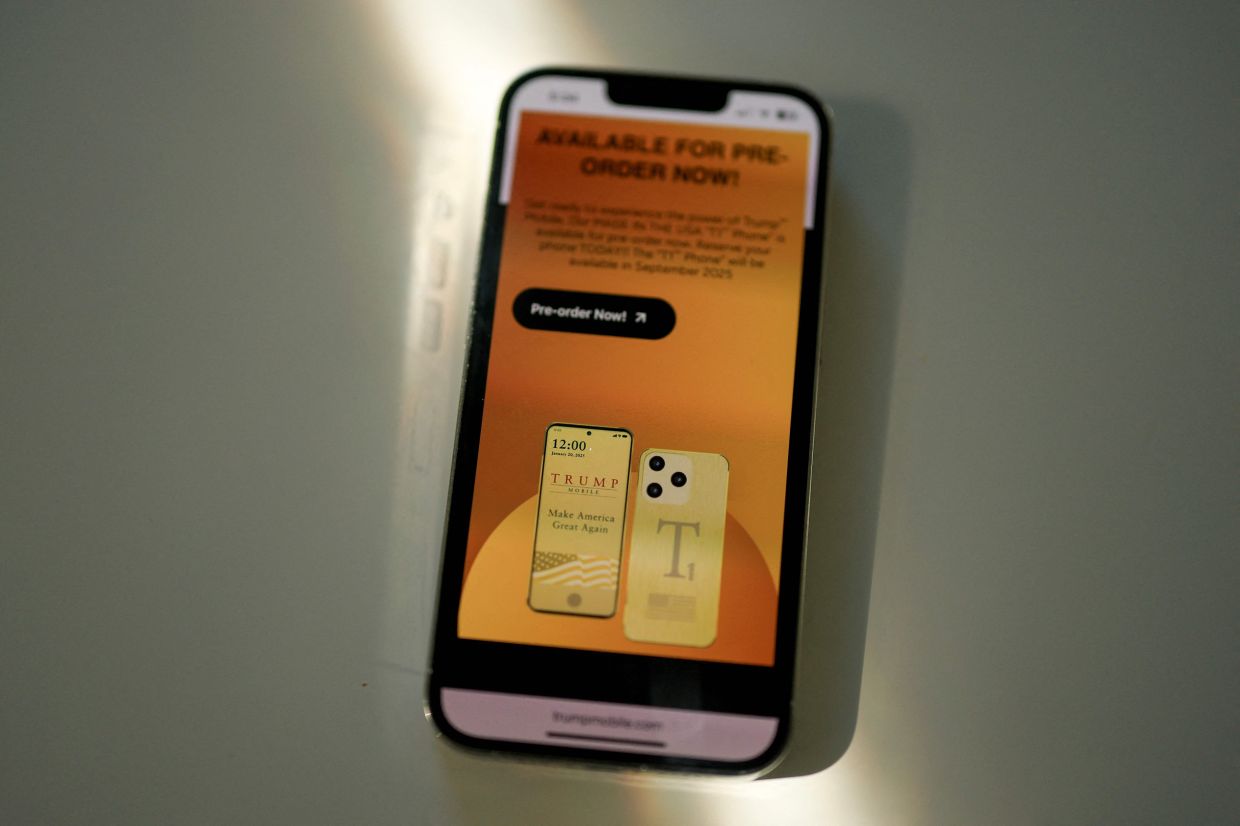
Pebble is looking to return from the dead, with the original founder at the helm. — AFP Relaxnews
Long before Apple and Samsung dominated the smartwatch category, there was Pebble.
A crowdfunding legend, the Pebble Watch is arguably the project that put Kickstarter on people’s collective consciousness – and for years, its US$10.3mil raise was a record that couldn’t be topped.
From 2013 to 2016, having a Pebble on your wrist gave you instant geek street cred. But in December of 2016, the company announced it would shut down, as it struggled to find a mainstream audience and competition increased. Nine years later, though, Pebble is looking to return from the dead, with the original founder at the helm.
Eric Migicovsky, who shepherded Pebble from Y Combinator to an angel investment of US$375,000 to the record-setting Kickstarter raise, says the new Pebble will have all the specs and features of the original, along with some new additions. That’s because Google has released the Pebble operating system as open-source software, meaning anyone can build products with it. (Google gained control of the OS when it bought Fitbit, which had acquired Pebble’s assets and intellectual property when the company filed for insolvency.)
“You’d imagine that smartwatches have evolved considerably since 2012. I’ve tried every single smartwatch out there, but none do it for me. No one makes a smartwatch with the core set of features I want,” Migicovsky wrote in a blog post announcing the rebirth of the watch.
(It’s worth noting smartwatches have evolved a fair bit over time. Apple’s can act as a dive computer and has emergency SOS features. And Samsung’s Galaxy Watch Ultra calculates your physical readiness on the basis of the previous day’s sleep, heart rate, and steps.)
There’s no timeline for when the new Pebble will be available. The company, now called rePebble, is assembling a waitlist for the watch, but not requiring any payment. “As we get closer to production, if you sign up below, we will contact you with full details about the new watch and shipping timeline,” the signup page reads.
Whether the Pebble will truly be reborn will depend on whether there are enough people interested in owning one.
Learning from the past
When it was first introduced, the Pebble Watch was revolutionary. It represented a blueprint for the smartwatch industry, displaying incoming calls and messages, letting you control music on your phone, and tracking your daily exercise. Instead of high-end LED screens, it used e-Ink, the same technology used in Kindle reading devices, giving it a long battery life.
It assembled (and still has) a core, loyal fan base, but the business nonetheless imploded, in large part because of errors made with Pebble Time, the second version of the watch.
“Pebble Time did not succeed because in a quest for huge growth we attempted to expand beyond our initial geeky/hacker user base and failed to reposition it – first as a productivity device, then as a fitness watch,” Migicovsky wrote in a separate blog post. “In hindsight, this was stupid and obvious and 100% my fault. ... The underlying problem was that we shifted from making something we knew people wanted, to making an ill-defined product that we hoped people wanted.”
The company didn’t market the new watch properly, he wrote, basically dropping it in stores and expecting it to sell, given the Kickstarter success. It failed, for years, to hire a head of marketing, and any promotion decision the company did make was not necessarily one it stuck with. By the end of 2015, Pebble found itself with US$15mil in inventory in its warehouses, causing a cash crunch.
“It was cool and some people used it a lot, but ‘I want my smartwatch to be more efficient’ was not a widespread hair-on-fire problem,” he wrote.
The demise of Pebble 1.0 also taught Migicovsky the critical nature of accurate forecasting. However, he noted, that is the “single most difficult challenge for a consumer hardware company.” (Peloton’s problems with that in 2022, he wrote, made him feel “like less of an idiot.”)
Additionally, he wrote, increasing operating expenses despite a lack of revenue growth is a very, very bad idea. And it’s crucial to maintain a line of communication with customers to learn what does and doesn’t work with your product.
The importance of vision
Perhaps the biggest lesson Migicovsky learned was to always define and talk about a long-term vision for the future, and not get too caught up with company growth.
“As soon as our growth slowed down in 2015, my colleagues began voicing their concerns more loudly about our lack of long-term vision or strategy,” he wrote. “I got the question many times ‘What are we really working on at Pebble? Are we a smartwatch company or something else?’ At that point, though, any answer I had for them just hadn’t been fleshed out enough. I toyed with different strategies, testing them out on my exec team and individuals around the company. But there was no foundation to the ideas; they all just felt like Band-Aids.”
Startups, Migicovsky says, are “always cycling from lows to highs. The trick is to stay alive between local minima and maxima.”
That hasn’t scared him away from the entrepreneur world, though. Beyond relaunching Pebble, Migicovsky founded Beeper, in 2021, an instant messaging app that acts as a repository for a wide variety of chat services, including WhatsApp, Telegram, Instagram, and more. – Inc./Tribune News Service





































